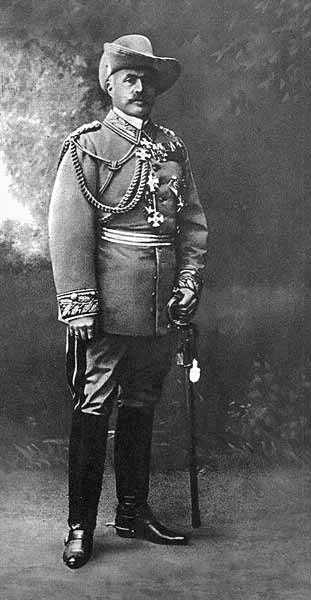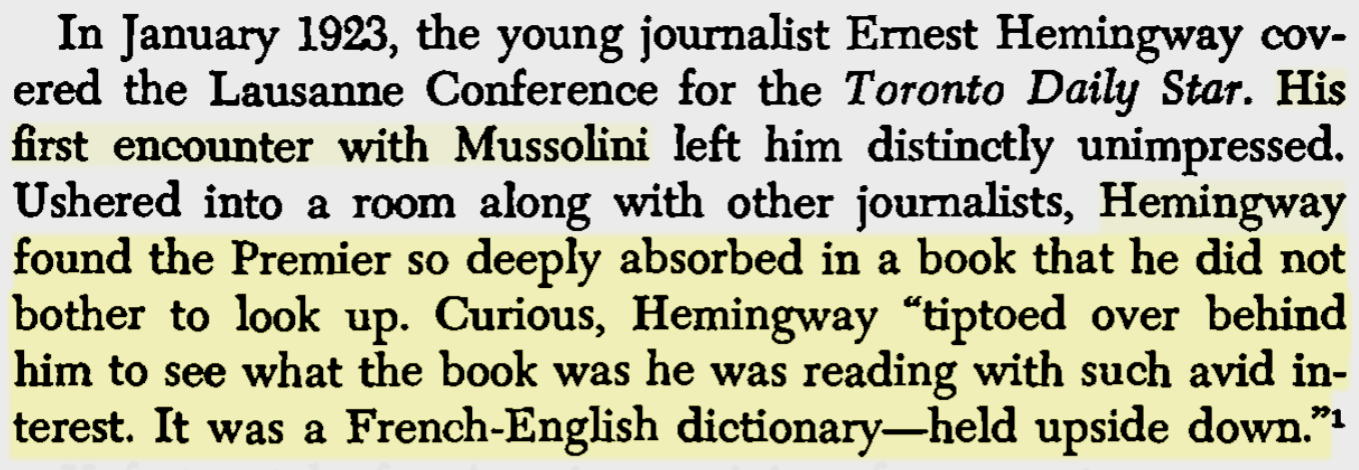Mario Stoppani had been a World War I ace before working at the Ansaldo aircraft company. He was subsequently employed by the Cantieri Riuniti Dell’Adriatico (CRDA) aircraft company as a test pilot. In the early 1930s, he gained several long‐distance seaplane distance and altitude records (Bruschina, Mecchia, & Turrini, 2000; Mencarelli, 1971). These included a long‐distance seaplane flight between Monfalcone, Italy, and Mitsiwa, Eritrea, in 1934, and Berbera, Italian Somaliland, in 1935.
These attempts were flown with Enrico Corradin and Casimiro Babbi, respectively (“A Record Seaplane Flight,” 1934, “New Record Flight by Seaplane,” 1935). Enrico Comani, his copilot on the flight to Brazil in 1937, was an expert in flying without external visual clues, relying only on instruments (known today as Instrument Flight Rules or IFR). The 1937 record attempt, achieved using a seaplane imaginatively registered as I‐LAMA, earned both pilots a national medal for valor (“Distance Record Attempt by I‐LAMA: Route Meteorological Conditions,” 1937).
However, the two aviators’ life paths ended in tragedy in the same waters they had crossed. After the successful record attempt, on February 2, 1938, Stoppani, Comani, and three other crew members were en route back to [Fascist] Italy. During a flight segment of the flight between Natal, on the Brazilian coast, and the island of Fernando de Noronha, in the South Atlantic, a double‐engine failure and fire on their three‐engined seaplane led to a successful ditching attempt in stormy waters.
Mario Stoppani was the only survivor (Rossi, 2006): He was rescued by a Lufthansa seaplane (“Record Breakers’ Crash in the Atlantic,” 1938).
As with other long‐distance attempts by [Fascist] aviators in the 1930s, Stoppani and Comani’s feat was celebrated by the régime’s highest echelons. Achille Starace, secretary of the fascist party, forwarded the following telegram to the pilots:
The party gerarchi, meeting at the Palazzo del Littorio, have asked me to extend to the brave pilots Stoppani and Comani, and to their crew, sentiments of admiration and comradely joy for the brilliant victory which they have conquered for fascist aviation [ala fascista]. Achille Starace. (Starace to the Cabinet of the Ministry of Aeronautics, December 30, 1937)
The attainment of the record was couched in ideological terms which pitted fascism’s espousal of speed and power over the “compromises” which had been made by the previous, French recordholders. French pilots had achieved the record barely 2 months earlier, on October 25–26, 1937.
Major Gianni Bordini, writing in Sapere magazine, celebrated the fact that the CANT Z.506 seaplane used by Stoppani and Comani had not been modified (as the French aircraft had been) to gain range at the expense of speed. Rather, the attempt had been flown “on a bomber aircraft which had not been modified, except for the installation of auxiliary fuel tanks” (Bordini, 1938).
Regardless of the fact that the two modifications which the seaplane actually underwent were the construction of an apposite cockpit and, in all probability, the removal of heavy defensive armament (thus increasing range), the flight was contrasted to French use of aircraft heavily modified for record‐breaking purposes.
This contrast implied Italian technological superiority in flying faster, nonmodified aircraft: “This approach, which differs substantially from that espoused by the French, is the cause of recent conquests by Italian aviation. These conquests can be defined by the most important aeronautical concepts: speed, load, range, altitude” (Bordini, 1938).
The speed of the [Fascist] “three‐engined bomber seaplane” was also noted in The Times (“4,375 Miles in a Straight Line,” 1937), which similarly contrasted it to the slower French aircraft. However, in turn, Stoppani’s record attempt was superseded by [Luftwaffe] aviators in March 1938 on a route from Devon, Great Britain, to Caravelas, Brazil (“Devon to Brazil in 43 Hours,” 1938).
[…]
Pedrazzi was also aware of the propaganda potential of depicting flight as a modern activity pitting individuals and machines against nature’s previously insurmountable obstacles. The environment of flight, and the landscapes glimpsed from above, were at times described and couched in a language that evidenced not only a sense of fear of nature but also a sense of distance and elevation from nature’s grasp through technology.
For example, on describing clouds, Pedrazzi stated that “Cloud formations often take the shape of horrific voids and infernal shapes, and sometimes they look like azure, dreamy landscapes” (Pedrazzi to Il Resto del Carlino, December 30, 1939). The aeroplane made possible the witnessing of these cloudscapes and ensured that they could be safely traversed. Furthermore, the potential for a tragic end to the flight was a reminder of the risks inherent in pushing the boundaries of aviation.
As the aeroplane flew over the crash site of I‐ARPA, the journalist and his crew members reported that
We turn our thoughts to our fallen comrades, and salute them in Roman fashion. It seems to us as though the three powerful engines of the Savoia‐Marchetti take on a deeper roar, as if they too were providing a background for this time of sadness. However, flight is victory and we cannot serve the will of those who have fallen if we don’t follow their example. (Pedrazzi to Il Resto del Carlino, n.d.)
At the same time, when crossing paths with an aeroplane returning from Brazil to [Fascist] Italy, salutations were exchanged between the two craft, “with words singing hymns to fascism, and greetings to the Duce from Italian hearts” (Pedrazzi to Il Resto del Carlino, n.d.). The mid‐air encounter was clearly described in propagandistic tones. What is interesting to note, however, is the fact that Pedrazzi chose to highlight the meeting of two [Fascist] craft, on routes which were not devoid of traffic, however scarce.
In what almost feels like a scene out of Starship Troopers, these widely celebrated, record‐breaking flights that emphasized speed, load, range, and altitude were still of little use to science, did not last long on the record books, and cost several lives… I have no further comment.
Click here for events that happened today (September 7).
1923: Fascist Italy cofounded the International Criminal Police Commission along with over a dozen other anticommunist countries.
1938: Rome ordered all ‘foreign’ Jews to leave Italy within six months.
1940: As the Kingdom of Romania returned Southern Dobruja to Bulgaria under the Treaty of Craiova, the Luftwaffe began the Blitz, bombing London and other British cities for over fifty consecutive nights.
1942: Axis marines were forced to withdraw during the Battle of Milne Bay.
1943: The German 17th Army began its evacuation of the Kuban bridgehead (Taman Peninsula) in southern Russia and moved across the Strait of Kerch to the Crimea.
1945: Axis forces on Wake Island, which they had held since December 1941, surrendered to U.S. Marines, and around the same time that the Berlin Victory Parade of 1945 was held.




As long as the victim wasn’t a white cishet capitalist man, who cares?